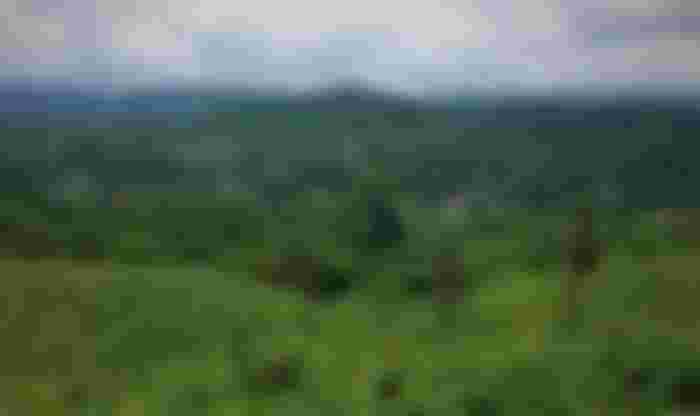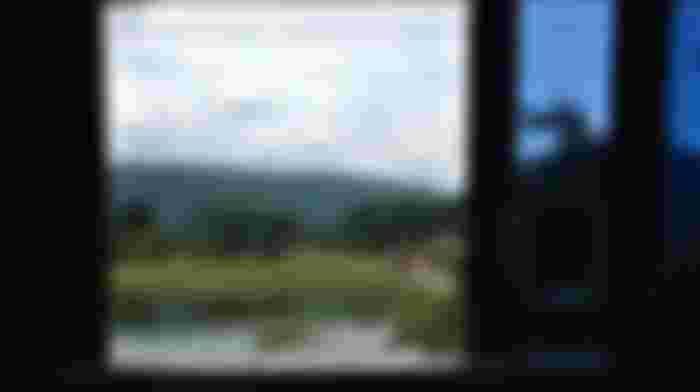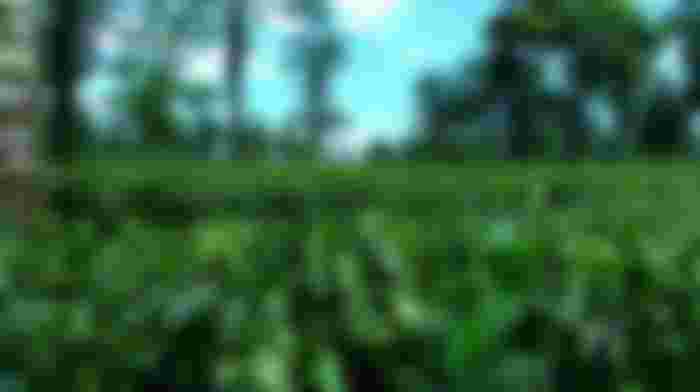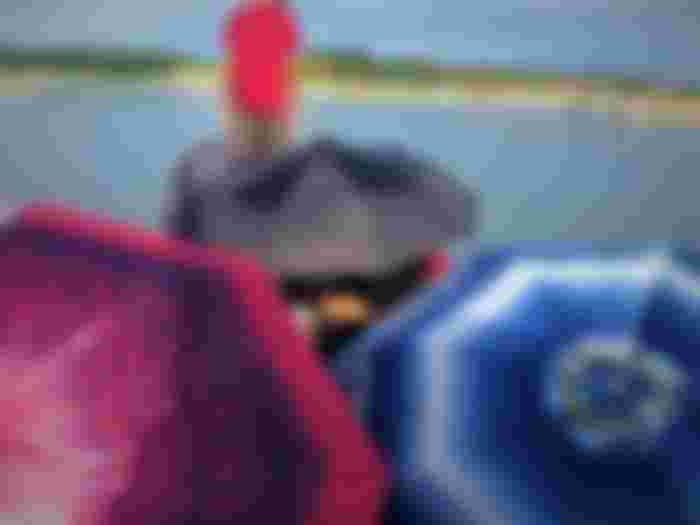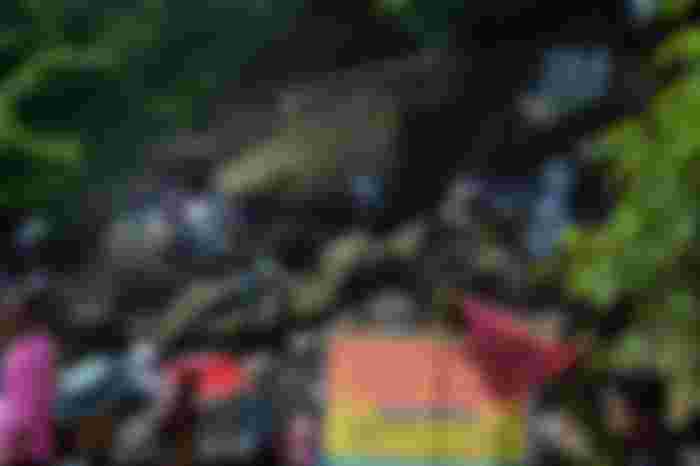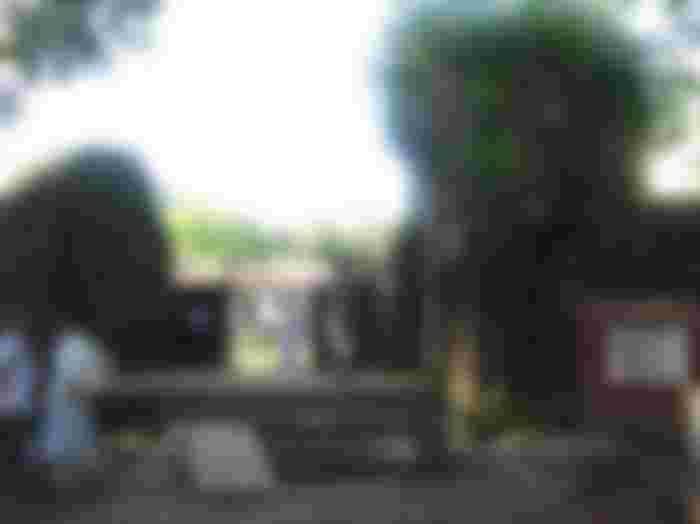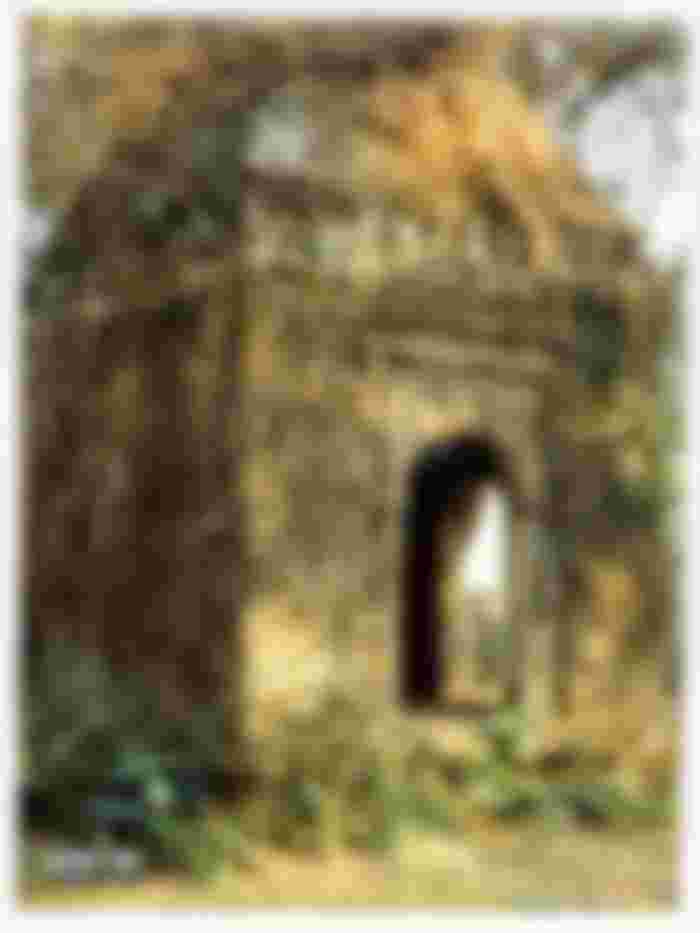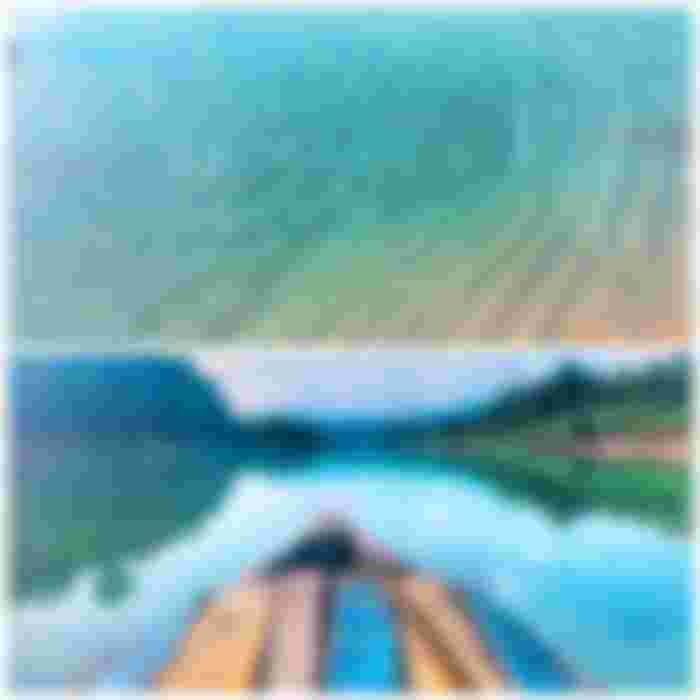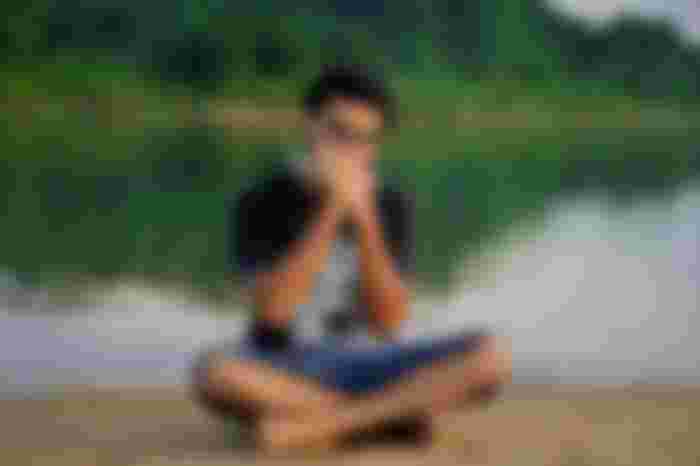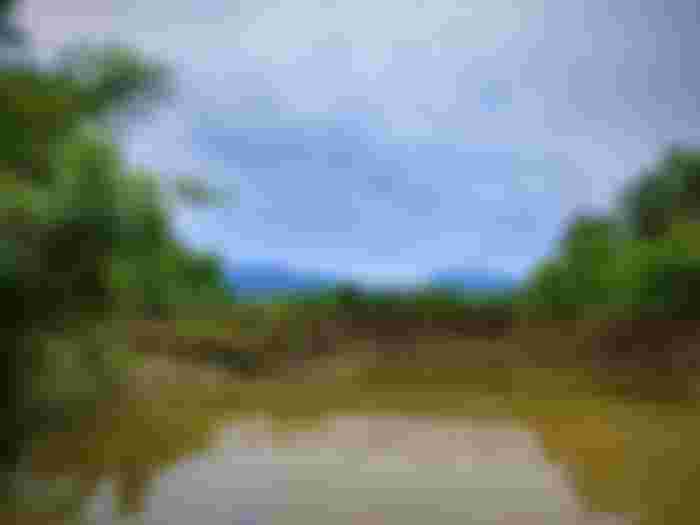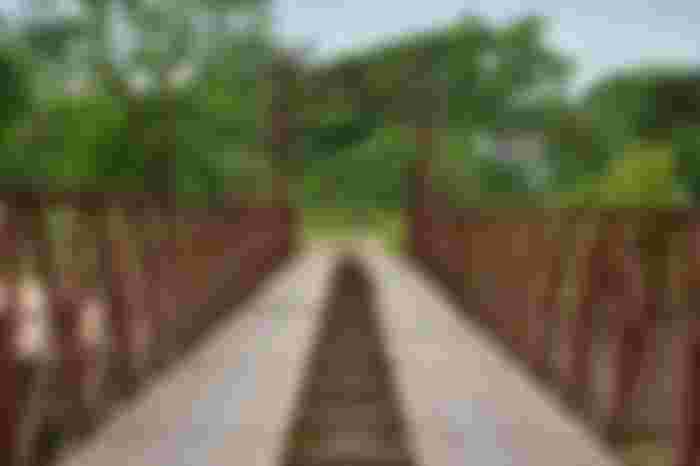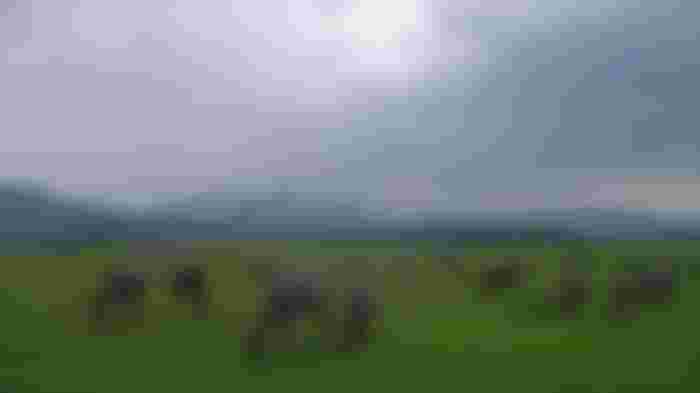After the previous episode ...
Jaflong
There are two types of buses available at the Jaflong bus stand at Sobhanghat in the city to go to Jaflong. Autorickshaws can also be found at the front corner for rent. It will take about an hour and a half to reach Jaflong by Gatelock bus. Local buses, on the other hand, can take up to three hours. However, the problem is that the gatelock bus leaves at certain times of the day. Not available all day like local buses. The bus goes to Jaflong Zero Point.

The road to Jaflong seemed good at first, but when you get closer to Jaintapur, the idea is proved wrong. Those who want to get some sleep on the bus should be disappointed. Even if you can't sleep, there is pure nature to cover your eyes. As the bus moves towards Sreepur, you will see a tea garden on the left and hills on the right. The hills belong to the Dauki of India. The fountain is descending down the hill. Not one, but one after another. Those who have not seen the fountain before will surely be thrilled to see this scene. A thick stream of white water is flowing down the hill surrounded by greenery. However, this scene is not always seen. If you want to see the fountain, you have to come in the rainy season.

According to locals, these fountains can be seen in the distant hills from June to September. Jaflong has Tamabil-Dauki border pass. Immigration can be done from 10 am to 5 am with this pass. When you see the signboards of the numerous stones and stone crushers piled up on both sides of the road, you will understand that you have come to Jaflong. The last destination of Jaflong can be reached by bus or autorickshaw till Zero Point.

When you reach Zero Point, you have to go down from the hill to the wharf, rent a boat (dinghy or engine driven) and visit the surrounding spots. Notable among the spots are Gowainghat Khasia Palli and Mayawati Jharna. While going to the spots by boat, you can see the scene of lifting stones from the Pyongyang river. Earlier there was a stone quarrying machine but now stone quarrying is done by hand to protect the environment.
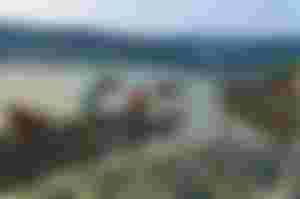
Sangrampunji Madhapalli (many call it Khasia Palli) can be reached by crossing the Piang River. You have to enter the village by renting an easy bike. As soon as you enter the village, you will see a betel garden. Unlike Kushtia, drinking waste is not seen here. The betel trees grow on betel and other trees here. And in almost every garden there are small and big pineapple bushes. There are specialties in the structure of the houses here. There are two types of houses, wood or concrete. The specialty is that the houses are built quite high above the ground. It looks like a two-story house, but the ground floor is usually empty.
There is a Khasia king's house in Sangrampunji village, but it is very modern to look at. And there is a tea garden. It is better not to take much time to visit here, because the fountain is waiting in front.
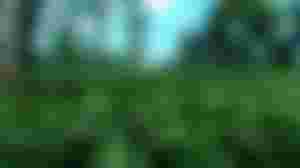
Magical fountain
It is also known as Sangrampunji Jharna. From Sangrampunji Ghat or Khasia Palli Ghat, you have to cross the river straight to the side. As soon as you go down the bank, you will see innumerable stones. Seeing these from a distance, it may seem like sand. Many people start walking barefoot here as they have to fetch water again and again. Never make this mistake in the hot sun, because these crushed stones are very hot. Walking barefoot is more likely to cause blisters on the feet.
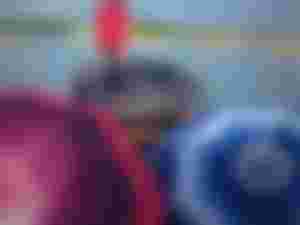
Going down to the ghat, it looks like a desert, but as you move forward, you will hear the sound of water falling from a great height. Yes, that's the sound of a shower. The more you move forward, the louder the sound. After passing some temporary shops, take a turn and there is a shower in front.

This fountain is neither too big nor too small, but of medium type. Coming here may raise questions in your mind for a moment, people have not come to see the fountain! The presence of people here is much greater than the size of the fountain. This waterfall is within the borders of India, so it is not allowed to go just above the waterfall. The fountain is open to Bangladeshi tourists till 5 pm.

Many people take pictures by climbing on the rocks under the shower. If you have a camera with you, you have to go up carefully. Those who want to take pictures with a mobile camera must pack the mobile phone in a water proof mobile bag. Special care must be taken when climbing over rocks under the shower, as some rocks are very slippery, and there are currents. There are enough tourist photographers here. If you want you can take pictures with them. They give each picture for five to ten rupees. You have to take pictures on the phone with a pen drive or data cable. Before taking a picture, you must pay the price and keep the phone number of the photographer.

It is good to know those who go into the shower water - if the water is very cold and wet clothes for a long time, fever is normal. There is a makeshift camp for girls to change their clothes, but the boys are open-minded in nature. If the number of members in the group is more, it is better to divide into small groups and go into the shower water in stages. This will make it easier to keep an eye on your luggage and belongings.
There is no lunch here. Go back to Zero Point to eat. So it is advisable to keep light food with you. The last bus will return to the city at five o'clock after eating and drinking at Zero Point.
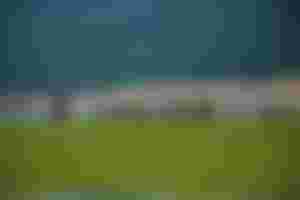
There are some more spots on the way to Jaflong. However, it is difficult to see those spots by seeing Jaflong on the same day. The spots can be reached by bus to Jaflong. Meanwhile, there are Jaintapur Rajbari, Lala Khal, Lobachhara etc.
Jaintapur Rajbari
Jaintapur is found in the 7th-8th century mythology, folklore and history. It's so old. It is 35 km from Sylhet city. Mr. Located in the north-west of Jaintapur upazila. It is 5 km from Jaflong. Mr. It is located at Sarighat near Sylhet-Tamabil road. You can go by bus or autorickshaw here. The ruins of the once glorious palace are now in ruins.



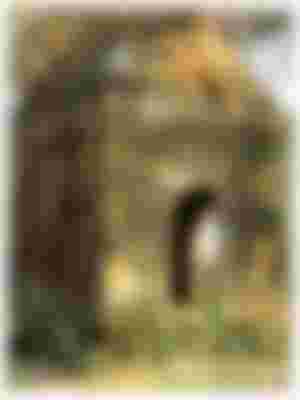
Saliva
Lalakhal can be reached by bus or autorickshaw from the city to Jaflong. If you tell the bus helper, he will drop you off at Tamabil Road. Lalakhale can be easily reached from here. Going to Lalakhale, you may feel for a moment, not in a canal, but in a swimming pool. The greenish blue clear water here will fascinate you. There are both motorized and non-engine boats for cruising. Some people go kayaking in Lalakhale. There is a magnolia tea garden nearby, which can be visited if desired.
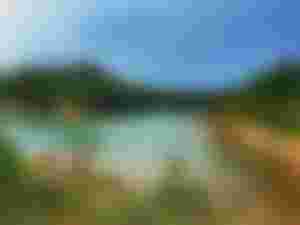


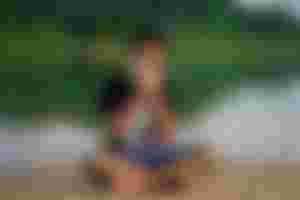
Greedy
Lobachhara is located in Kanaighat upazila. From Sylhet-Jaflong road, enter Darvesh Bazaar on the right and reach Kanaighat. You have to go to Lobachhara by boat from Kanaighat. Lobachhara has an old tea garden, Lobachhara river, an old cottage and Ferguson bungalow. Here stands a steel hanging bridge made during the British period. There is a kind of intense stability in nature here.

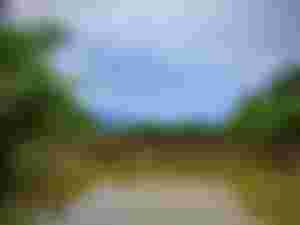
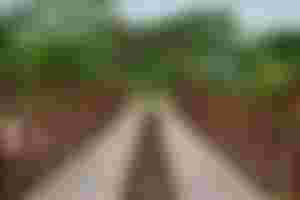
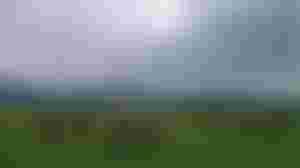
An attempt has been made to highlight some of the notable tourist spots of Sylhet through three articles in a series of 360 Auliyas. However, there are several places to visit in Sylhet.
